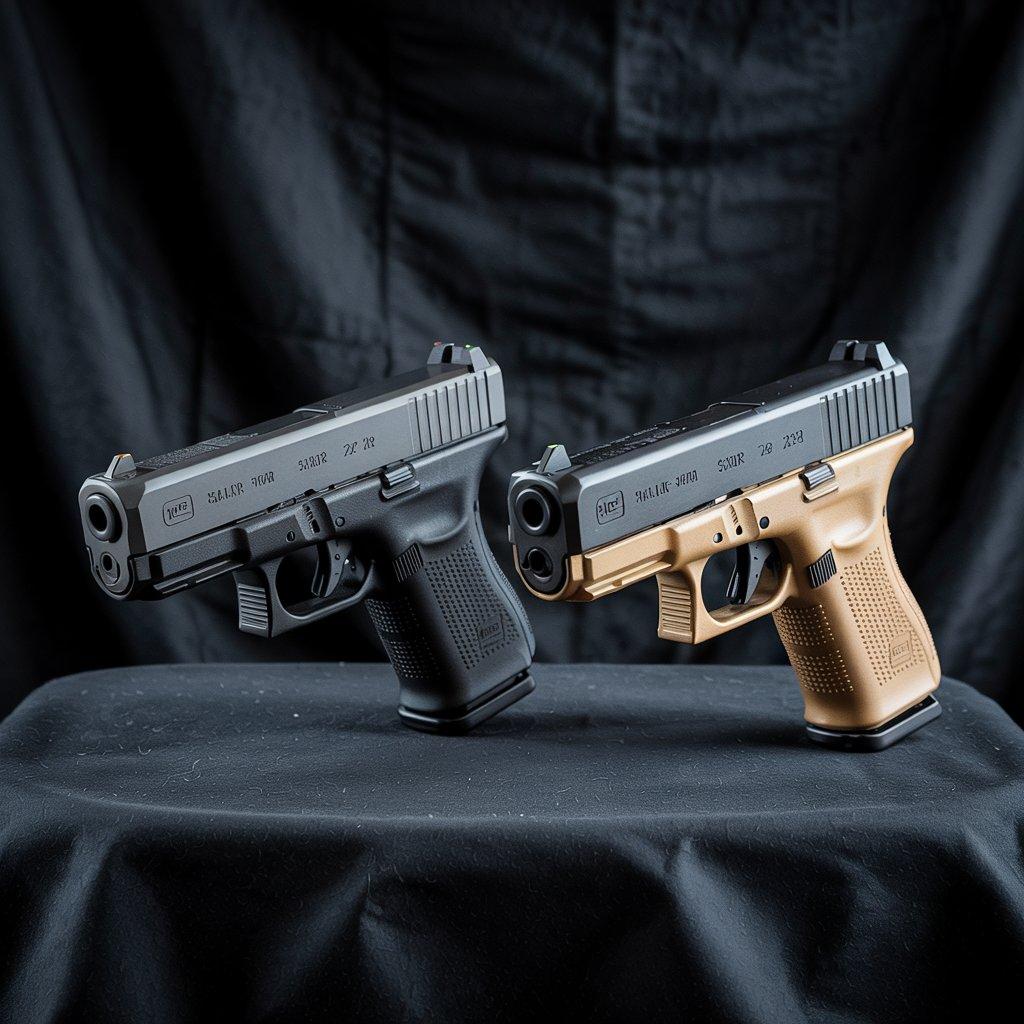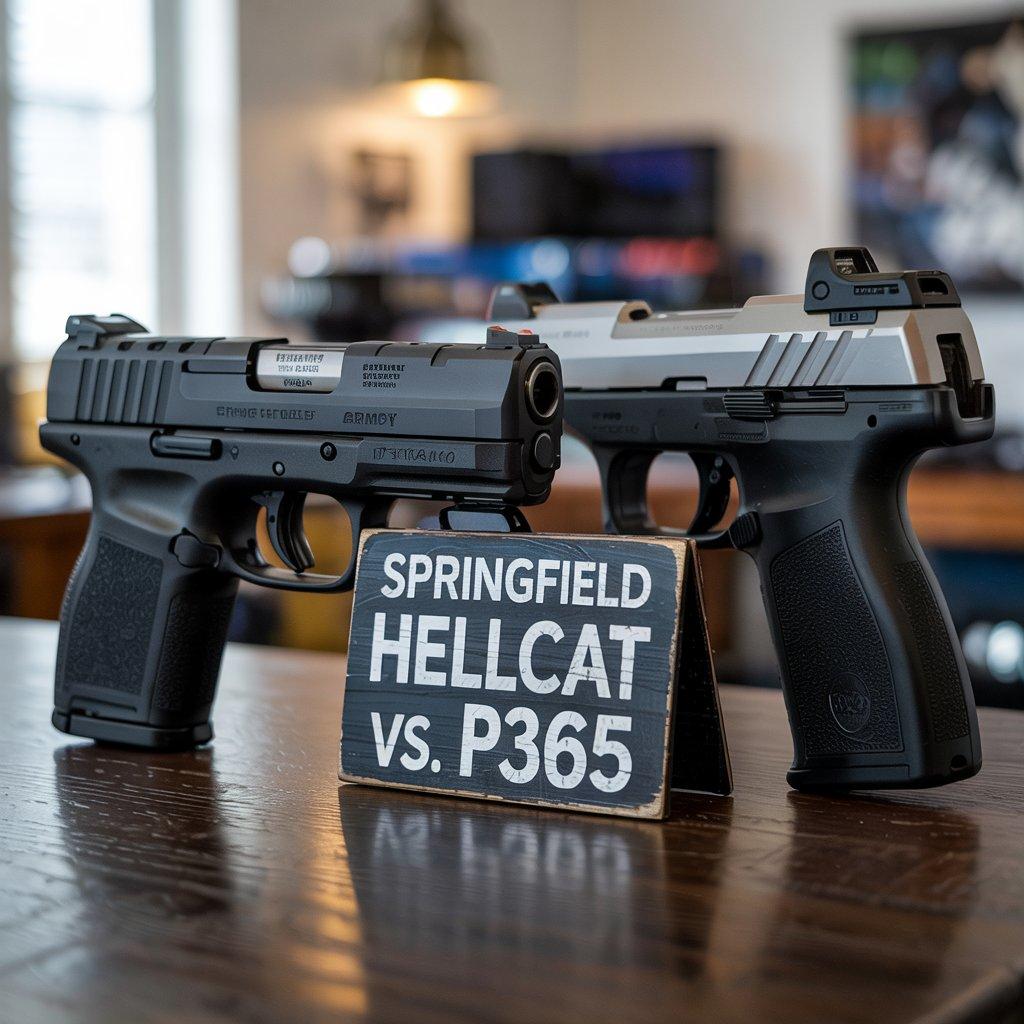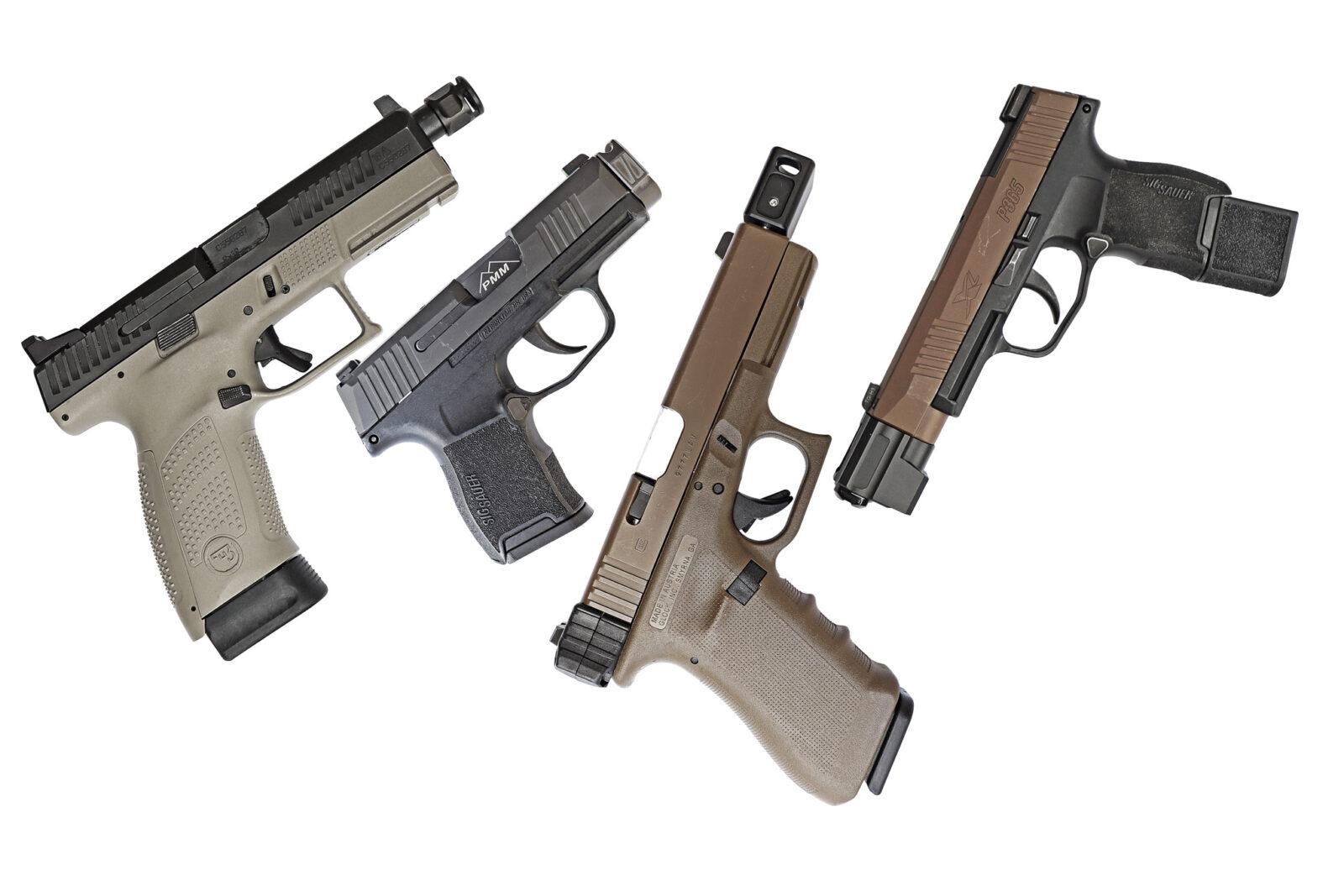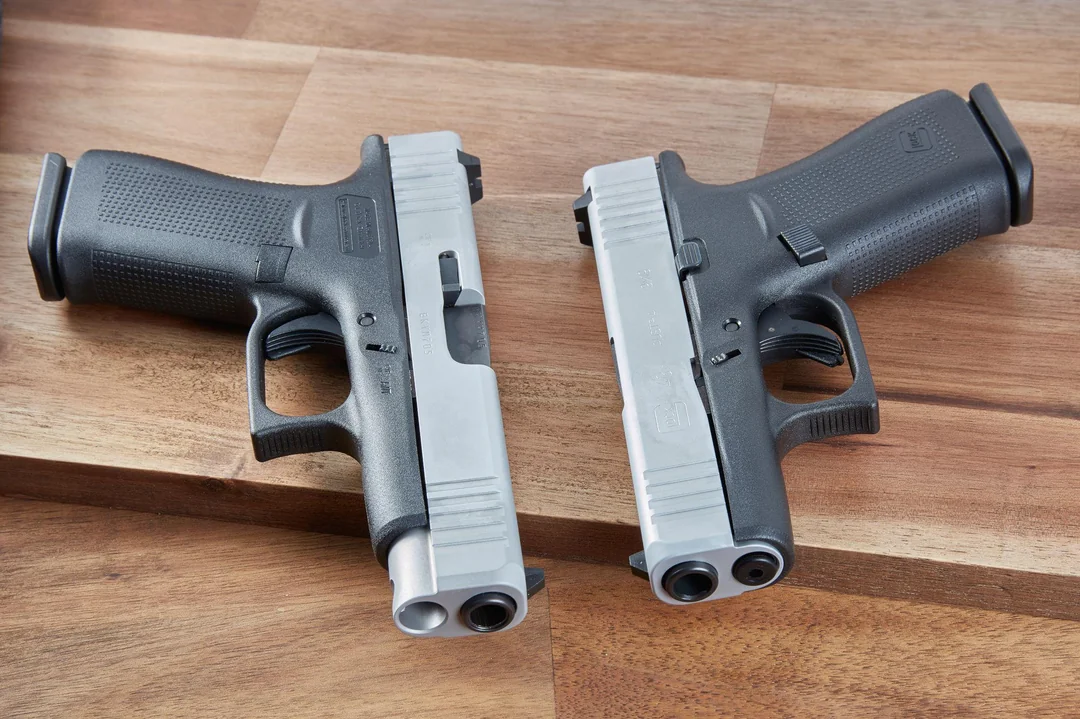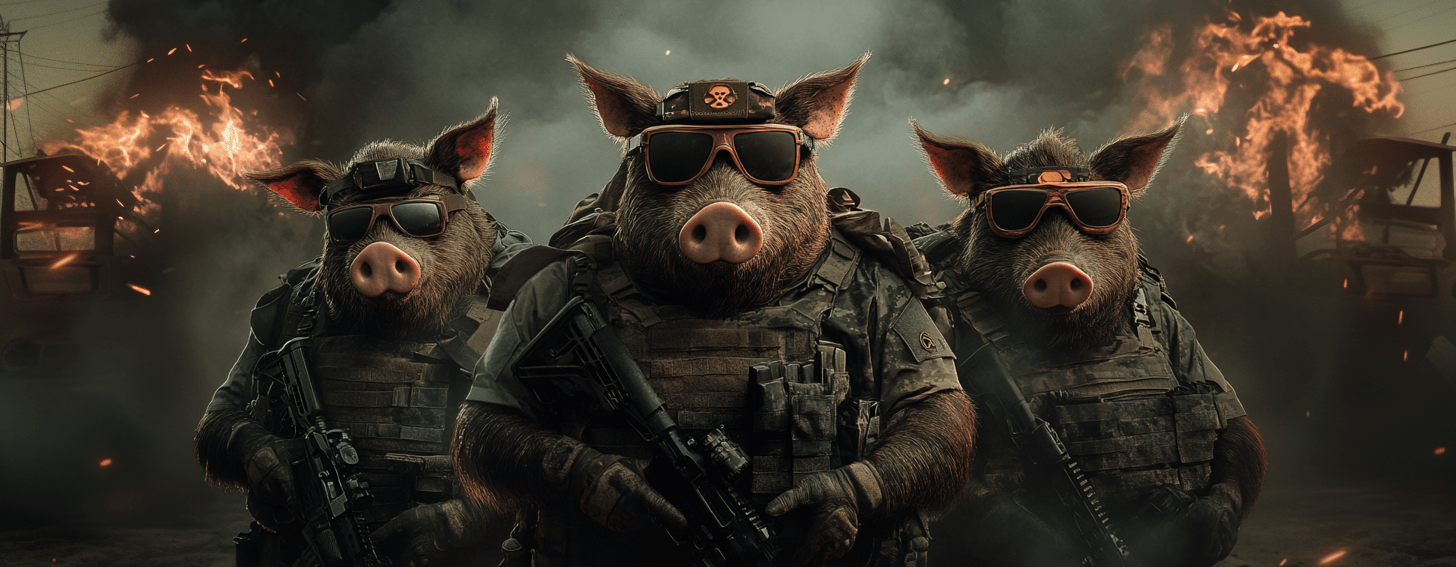Glock 19 vs Glock 23: Which Glock Pistol Should You Choose?
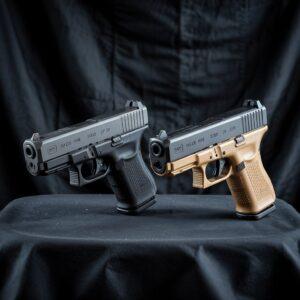
When it comes to choosing the perfect carry gun, few decisions spark as much debate as the Glock 19 versus Glock 23 comparison. Both of these legendary Glock pistols have earned their stripes with law enforcement and civilian shooters across the United States, but which one deserves a spot in your holster?
At GunHogz, we help you find the exact firearm you’re looking for by connecting you with local gun shops and online sellers nationwide. Whether you’re team Glock 19 or leaning toward the Glock 23, we make it simple to compare prices and find the best deals from trusted dealers across America.
The Tale of Two Glocks: Understanding the Basics
Both the Glock 19 and Glock 23 share nearly identical external dimensions and that famous polymer frame design that revolutionized the firearms industry. The main reason most shooters choose between these two comes down to one crucial factor: caliber preference.
The Glock 19 chambers the ever-popular 9mm round, while the Glock 23 fires the harder-hitting .40 S&W cartridge. This single difference creates a ripple effect that impacts everything from felt recoil to magazine capacity.
Glock 19: The 9mm Champion
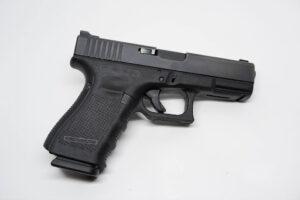
Why the Glock 19 Dominates
Since its introduction in 1988, the Glock 19 has become the gold standard for concealed carry. This compact powerhouse delivers an impressive 15+1 capacity in standard round mags, while maintaining a profile that’s easy to conceal and comfortable to shoot.
Key Glock 19 Specifications:
- Barrel length: 4.02 inches
- Overall length: 7.36 inches
- Capacity: 15+1 rounds
- Weight: 21.16 oz (unloaded)
Glock 19 Advantages
The 9mm caliber offers several compelling benefits that explain why it’s regained favor with law enforcement agencies nationwide. Lower felt recoil means faster follow-up shots and better accuracy for most shooters. The Glock trigger system remains consistent across both models, but the reduced muzzle flip of the 9mm helps maintain sight alignment between shots.
Training costs significantly less with 9mm ammunition, allowing more range time to develop proficiency. This economic advantage becomes even more pronounced when agencies outfit entire departments or when individual shooters want to maintain their skills without breaking the bank.
Glock 23: The .40 S&W Powerhouse
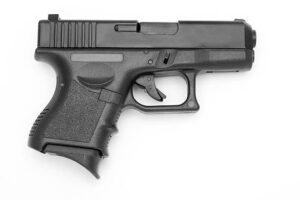
Understanding the .40 Caliber Appeal
The Glock 23 earned its reputation during the .40 S&W’s heyday in the 1990s and 2000s. While some agencies have returned to 9mm, the .40 caliber still delivers impressive terminal performance with heavier bullets and higher energy transfer.
Key Glock 23 Specifications:
- Barrel length: 4.02 inches
- Overall length: 7.36 inches
- Capacity: 13+1 rounds
- Weight: 21.16 oz (unloaded)
When the Glock 23 Makes Sense
Despite the industry trend toward 9mm, the Glock 23 still has devoted followers. The .40 S&W round delivers more kinetic energy than standard 9mm loads, which some shooters prefer for personal protection. The cartridge’s larger diameter and heavier bullet weight provide excellent penetration and expansion characteristics.
Head-to-Head Comparison: Performance Factors
Accuracy and Shootability
Both pistols feature the same longer barrel length compared to subcompact models, contributing to excellent accuracy potential. The polymer frame design provides a consistent grip platform, though personal preference often determines which feels better in your hands.
The Glock trigger system remains virtually identical between models, with the same trigger pull weight and reset characteristics. However, the 9mm’s reduced recoil allows most shooters to maintain better control and achieve faster split times.
Safety Features and Reliability
Both models incorporate Glock’s proven safety feature set, including:
- Trigger safety preventing accidental discharge
- Firing pin safety blocking unintentional strikes
- Drop fire protection ensuring safe handling
Glocks use a minimalist loaded chamber indicator via the extractor — not an external flag or window — but trained users can feel or see it.
Capacity Considerations
The two-round difference in standard capacity might seem minimal, but it compounds when carrying spare magazines. Over multiple reloads, the 9mm’s advantage becomes more significant. Both models accept magazines from their full size counterparts (Glock 17 and Glock 22 respectively), providing flexibility for different scenarios.
Practical Considerations for Everyday Carry
Concealed Carry Performance
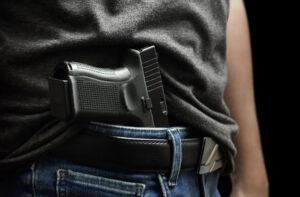
Both pistols excel at concealed carry thanks to their compact dimensions. The short frame design works well for shooters with smaller hands, while the trigger guard provides adequate space for gloved operation.
Finding quality holsters presents no challenge, as both models share the same external dimensions. Night sights are readily available from multiple manufacturers, and many dealers stock these upgrades.
Customization and Upgrades
The aftermarket support for both models is extensive. Options include:
- Enhanced front sight and rear sight configurations
- Trigger modifications and trigger bar upgrades
- Optics mounting via adapter plate systems
- Extended magazine release button options
Gen 5 models eliminate the finger grooves found on earlier generations, creating a smoother grip profile that many shooters prefer.
Making Your Choice: Which Glock Fits Your Needs?
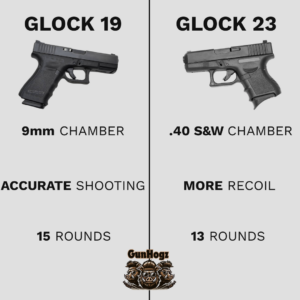
Choose the Glock 19 If:
- You prioritize higher capacity and faster follow-ups
- Training cost is a significant factor
- You prefer lighter recoil for extended shooting sessions
- 9mm ammunition availability in your area is consistent
Choose the Glock 23 If:
- You already own .40 S&W ammunition or other .40 caliber firearms
- If you prefer a heavier round and believe in the added punch of .40 S&W, the Glock 23 still delivers excellent stopping power
- You want caliber diversity in your collection
- Local law enforcement still uses .40 S&W (for training consistency)
Find Your Perfect Glock at GunHogz
Both the Glock 19 and Glock 23 represent outstanding choices for personal protection and recreational shooting. Your decision ultimately comes down to personal preference and intended use.
At GunHogz, we’ve built a network of trusted dealers who list their firearms on our platform, giving you more options than ever before. Whether you want to visit a local gun shop to handle both models or browse online inventory, our marketplace makes it easy to compare prices and find exactly what you’re looking for.
Ready to find your next Glock pistol? Browse our extensive inventory from dealers nationwide, compare prices, and discover why buying guns should be simple. From local shops to online retailers, GunHogz connects you with the firearms you want at the prices you’ll love.
Remember: Always follow federal, state, and local laws when purchasing firearms. Ensure proper training and safe handling practices with any new pistol.
